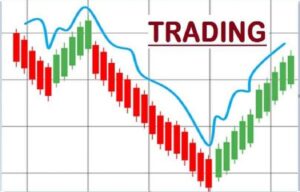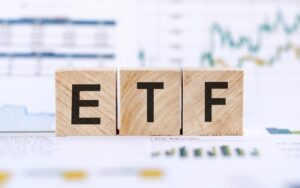Understanding the Role of Risk Management in Modern Trading

In the trading environment, where market conditions can change instantly, implementing effective risk management is crucial for survival. As traders handle the intricacies of online indices trading and other financial markets, a solid risk management strategy is what often separates ongoing success from devastating losses. This article explores the essential aspects of risk management, providing insights and strategies that professional traders can integrate into their trading routines.
The Fundamentals of Risk Management
The first step in any risk management strategy is identifying the risks that traders face. These risks can vary widely depending on the asset class, market conditions, and individual trading style. Broadly, risks can be categorized into four main types:
- Market Risk: The risk of losses due to movements in market prices. This is the most common risk traders face and can affect any asset class, including stocks, forex, and commodities.
- Credit Risk: The risk that a counterparty will not fulfill their obligations, leading to financial loss. This is particularly relevant in derivatives trading and when trading on margin.
- Liquidity Risk: The risk of not being able to buy or sell assets quickly enough to prevent a loss. This is especially critical in volatile markets or when trading less liquid instruments.
- Operational Risk: The risk of loss due to failures in systems, processes, or human error. This includes risks from trading platform failures, data breaches, or miscommunications.
Understanding these risks allows traders to develop strategies that address potential vulnerabilities in their trading activities.
Advanced Risk Management Strategies
Unlike static position sizing, where traders allocate a fixed amount of capital to each trade, dynamic position sizing adjusts the size of each trade based on current market conditions and risk levels. This approach allows traders to take larger positions when confidence in a trade is high and reduce exposure when uncertainty increases. By adapting to the market environment, dynamic position sizing can enhance returns while managing risk.
Portfolio Risk Management
Effective portfolio management goes beyond diversifying across different assets. It involves a deeper analysis of the correlations between assets to minimize systemic risk. For example, during a market downturn, assets that are highly correlated are likely to decline together, increasing overall portfolio risk. By including assets with low or negative correlations, traders can create a more resilient portfolio that is better equipped to withstand market fluctuations.
Use of Derivatives for Hedging
Derivatives like options, futures, and swaps are powerful tools for managing risk. They can be used to hedge against adverse price movements, locking in profits, or limiting potential losses. For instance, a trader holding a significant position in an index might use index futures to protect against a market decline. Similarly, options strategies like straddles and strangles can be employed to profit from volatility while managing downside risk.
Risk Management in Different Trading Environments
Risk management strategies must be tailored to fit the specific demands and risks of various trading environments, ensuring effectiveness across different trading styles and market conditions.
Day Trading vs. Swing Trading
Risk management strategies differ depending on the trading style. Day traders, who make multiple trades within a single day, face different risks than swing traders, who hold positions for several days or weeks. Day traders must manage the risk of rapid market fluctuations and high transaction costs, while swing traders need to account for overnight risk and potential gaps in the market. Each trading style requires a tailored risk management approach that considers the specific risks involved.
High-Frequency Trading (HFT)
High-frequency trading (HFT) entails carrying out numerous trades at incredibly rapid speeds, sometimes within fractions of a second. This trading style presents unique challenges, such as the risk of technological breakdowns, latency problems, and susceptibility to market manipulation. To manage these risks effectively, HFT demands a strong technological framework, real-time risk assessment, and strict controls to detect and mitigate potential issues.
Trading in Volatile Markets
Volatile markets present unique challenges for risk management. Sudden price swings can lead to significant losses if not managed properly. During periods of high volatility, traders must adjust their risk management strategies to account for increased market uncertainty. This might involve reducing position sizes, widening stop-loss levels, or increasing liquidity reserves to manage potential drawdowns. Understanding market depth and liquidity is also crucial in volatile conditions, as thin markets can exacerbate price movements and increase the difficulty of executing trades at desired prices.
Conclusion
Risk management is not a one-size-fits-all solution but a dynamic and evolving process. As markets change, so too must the strategies used to manage risk. Traders who continuously refine their risk management practices, stay informed about market conditions, and remain disciplined in their approach are better positioned to succeed in the competitive world of trading. By understanding and applying the principles outlined in this article, traders can navigate the complexities of modern markets with confidence, protecting their capital while pursuing their financial goals.
Whether you’re engaged in indices trading online or exploring other financial markets, risk management should be at the heart of your trading strategy. Embrace it as an ongoing journey, and it will serve as a vital tool in achieving long-term trading success.







